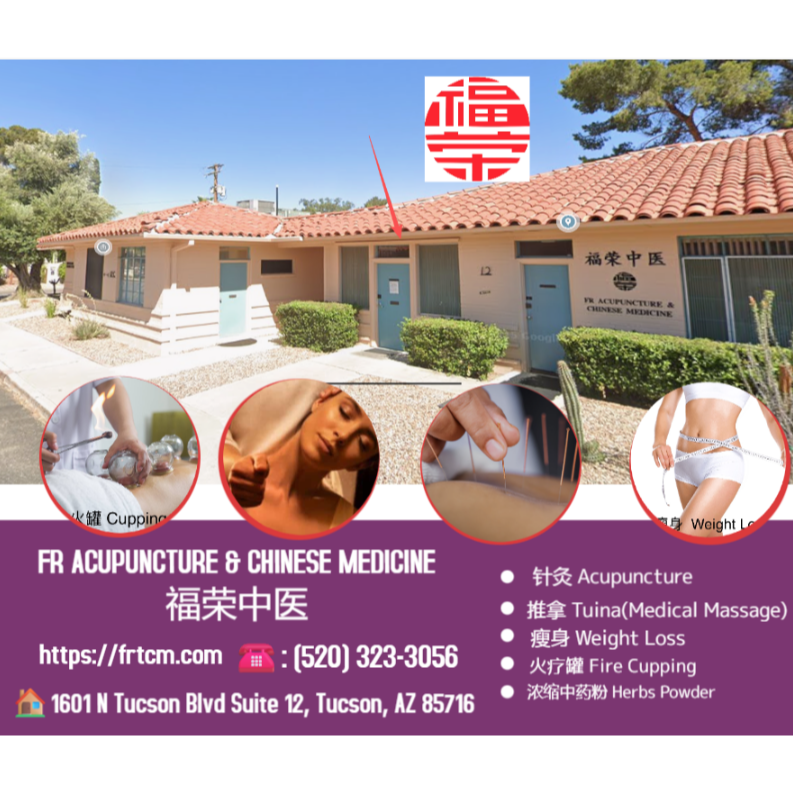
FR ACUPUNCTURE & CHINESE MEDICINE 福荣中医
1 / 10
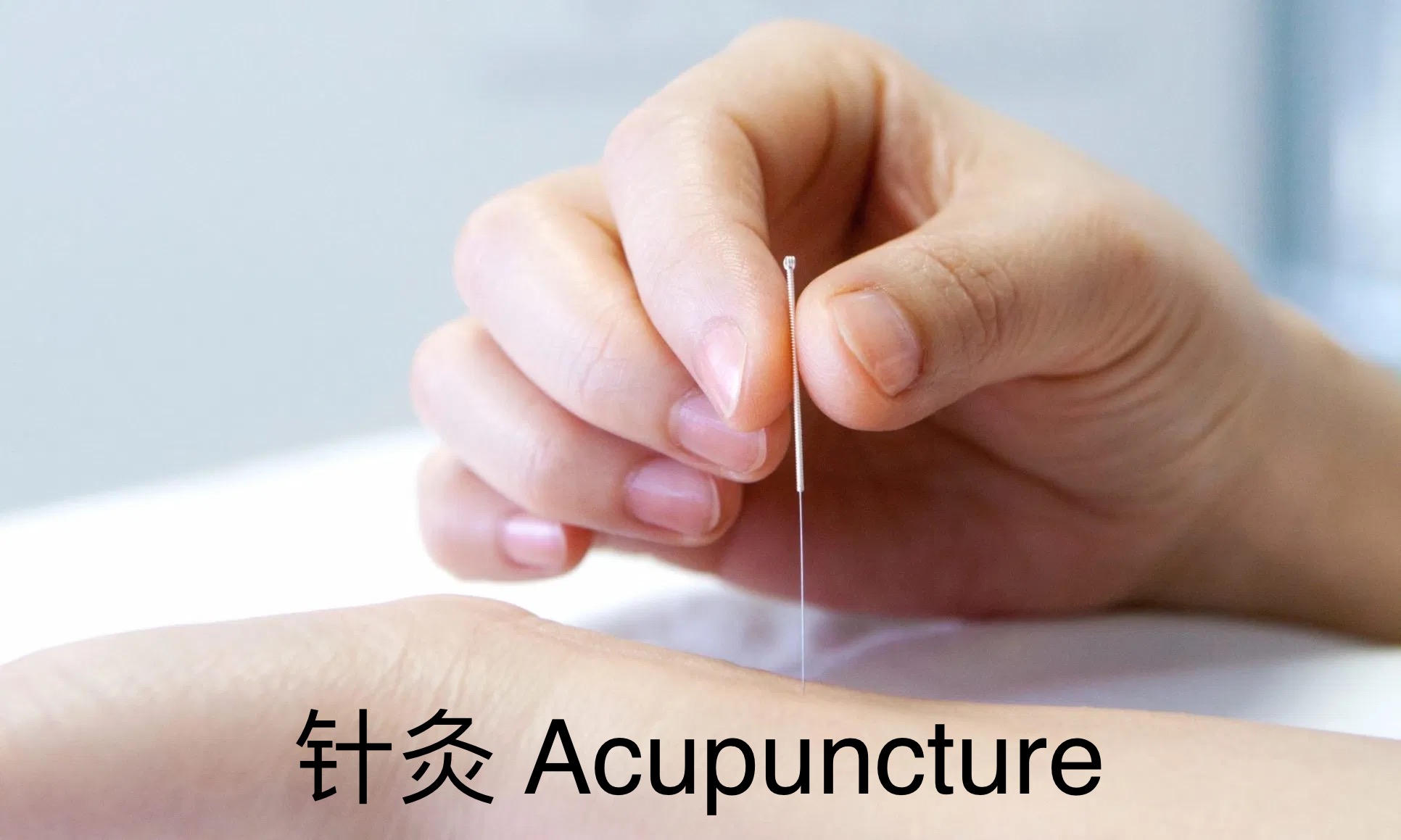
Acupuncture is a traditional Chinese medicine technique that involves inserting thin needles into specific points on the body, known as acupoints
2 / 10

Acupuncture triggers the release of endorphins by stimulating the nervous system, which interprets the needle insertion as a minor injury. This response activates the body's natural pain-relief system, causing the brain to release endorphins to reduce pain and promote healing. Different frequencies of electroacupuncture can even target the release of specific types of opioids, such as beta-endorphin and dynorphin.
How acupuncture releases endorphins
Nervous system stimulation: When a fine needle is inserted into an acupoint, it stimulates nerve fibers in the area.
Perceived injury response: The nervous system interprets this stimulation as a micro-injury and sends a signal to the brain.
Endorphin release: In response, the brain releases endorphins, which are the body's natural painkillers.
Pain relief and healing: These endorphins help block pain signals and create a sense of well-being, while also kick-starting the body's natural healing processes.
Specific mechanisms: Studies have shown that specific frequencies of electroacupuncture can cause the release of different types of endorphins. For example, a frequency of 2 Hz can release beta-endorphin, while 100 Hz can selectively increase dynorphin release.
3 / 10
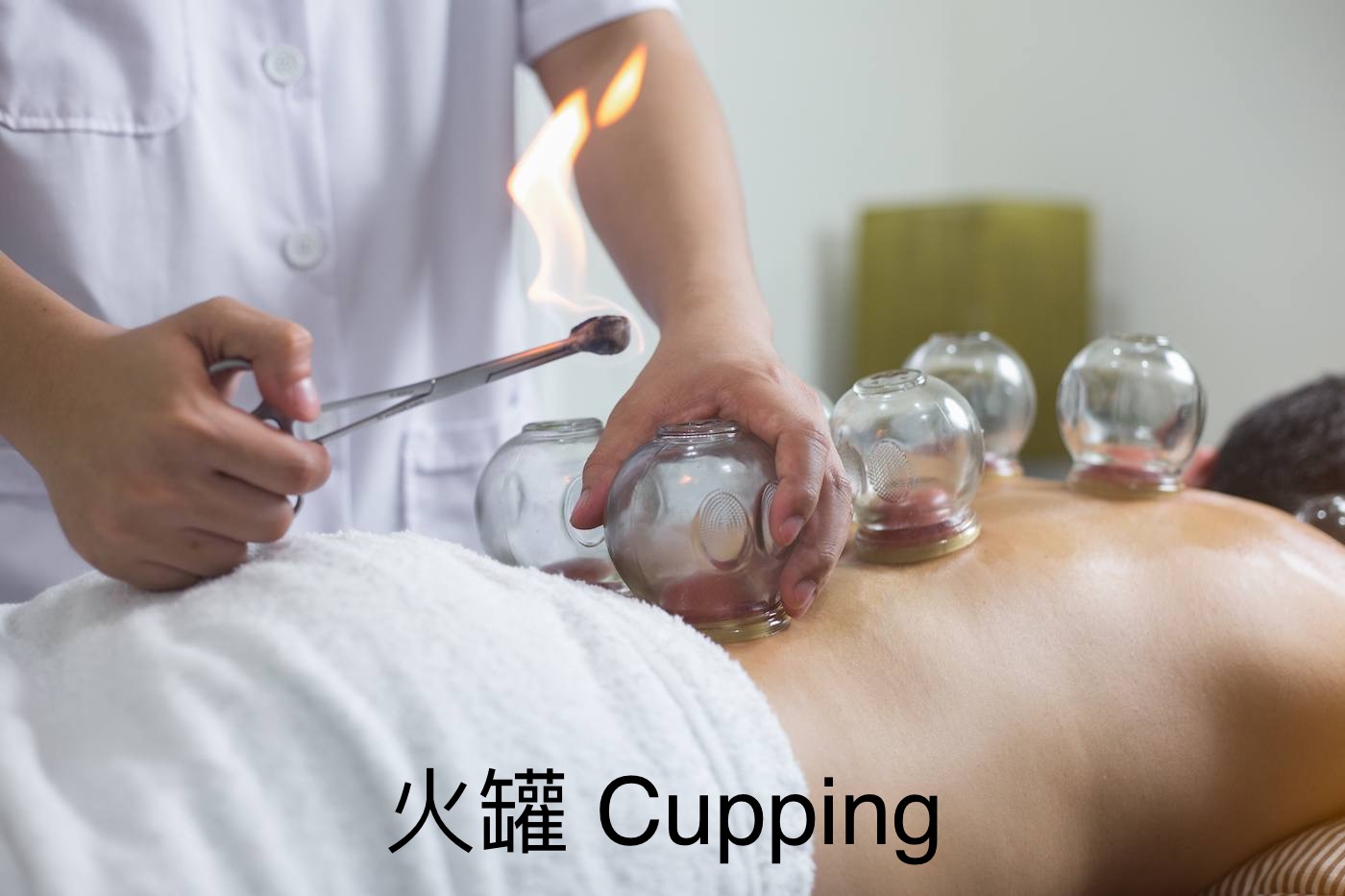
Cupping therapy is a pseudoscientific treatment method in which a local suction is created on the skin by using heated cups.
4 / 10
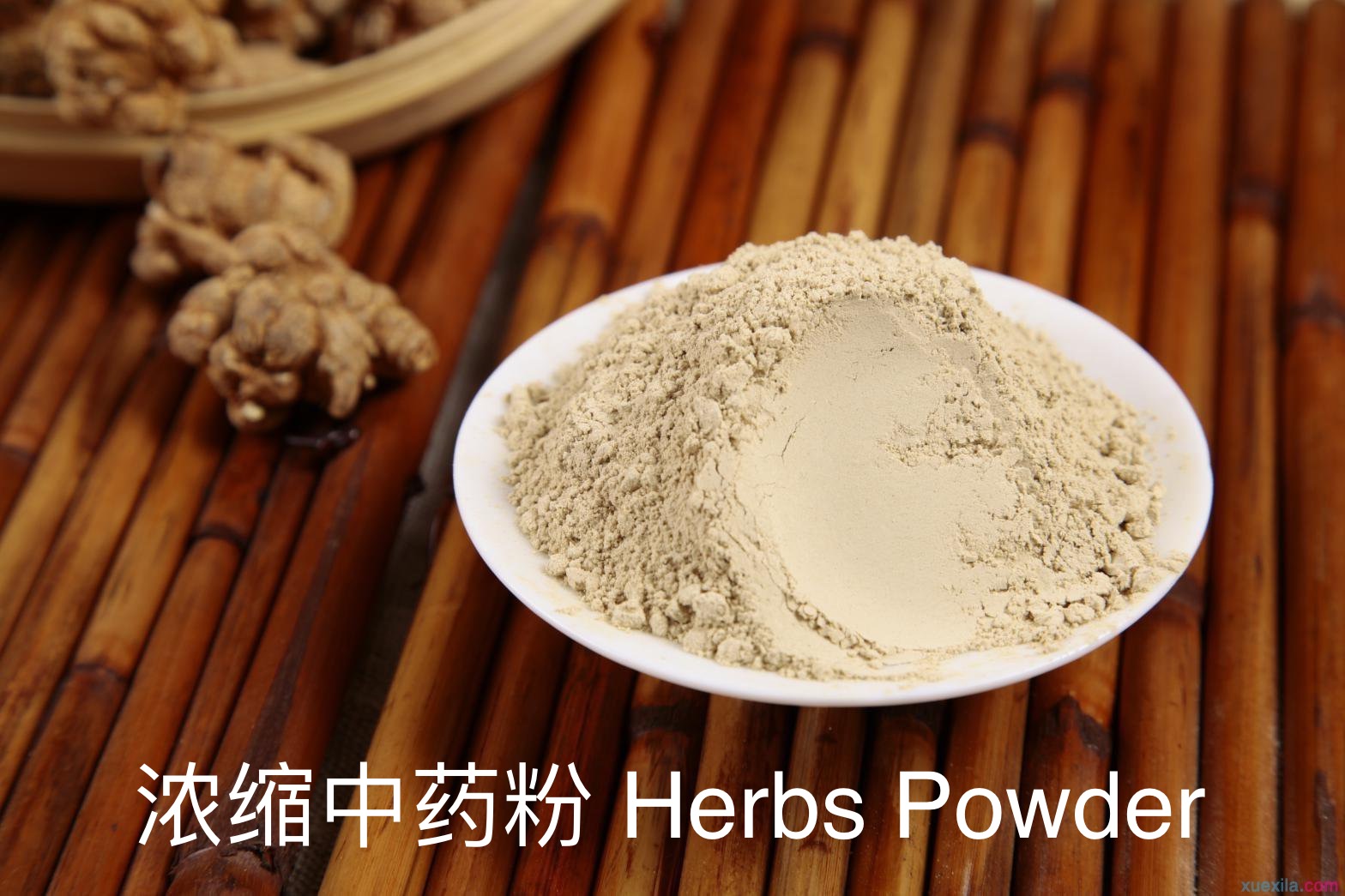
Herbs are combined to create a formula where each herb has a specific function, allowing them to work together to regulate the body's systems and achieve a desired effect. For example, some herbs are chosen for their "energetic nature" (hot, cold, warm, cool) to treat conditions that are also hot or cold.
5 / 10
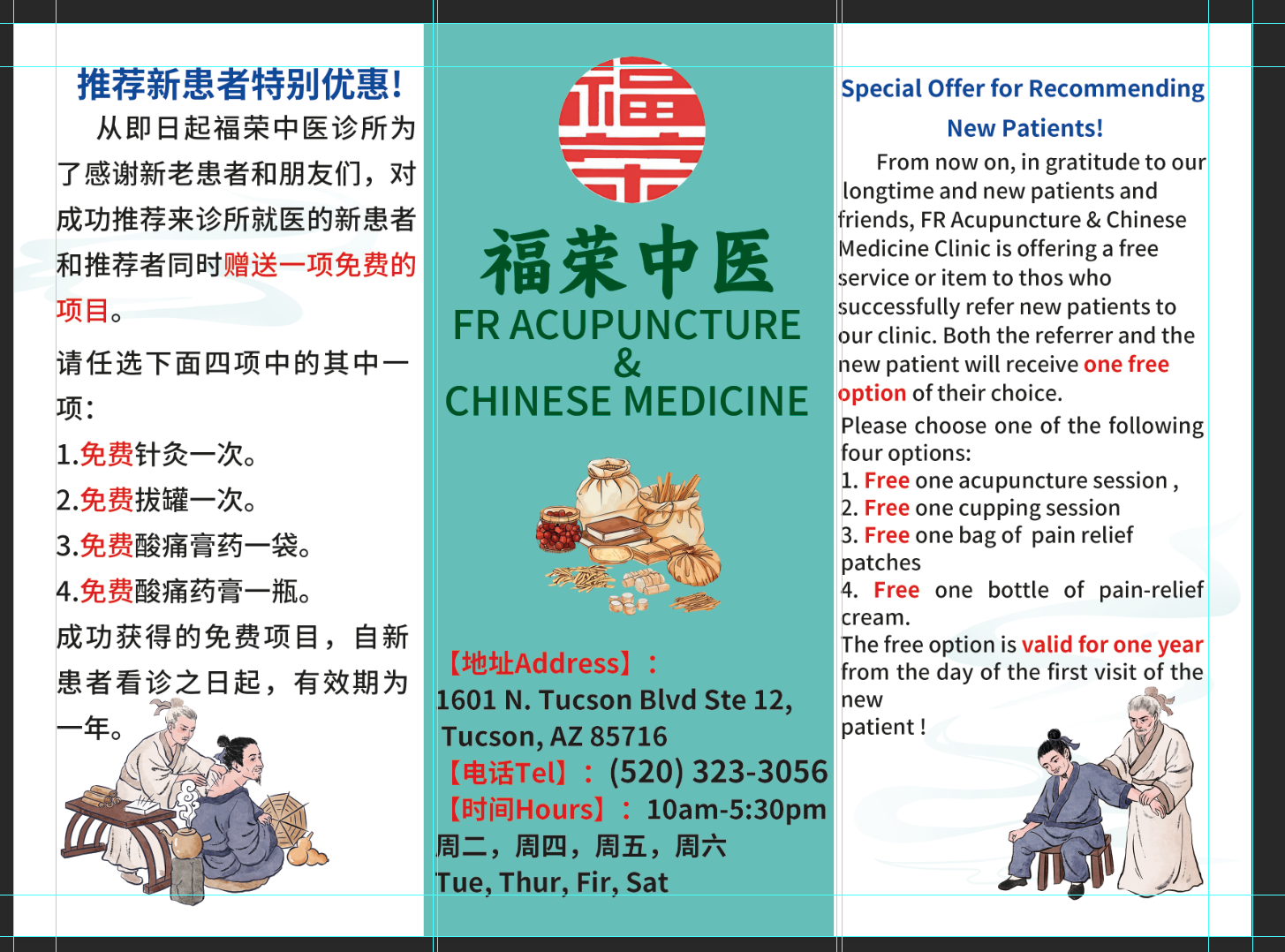
A practitioner will insert needles into acupoints, which are located along energy channels
6 / 10

Herbs are used in formulas tailored to a patient's specific TCM diagnosis to restore energy balance (Yin and Yang) and treat illness. They are typically prepared as decoctions (soups), but also come in powders, pastes, or pills, and are prescribed to complement other therapies like acupuncture. The herbs in a formula work together, with each component having a specific role to address a range of issues, and formulas are adjusted as the patient's condition changes.
7 / 10
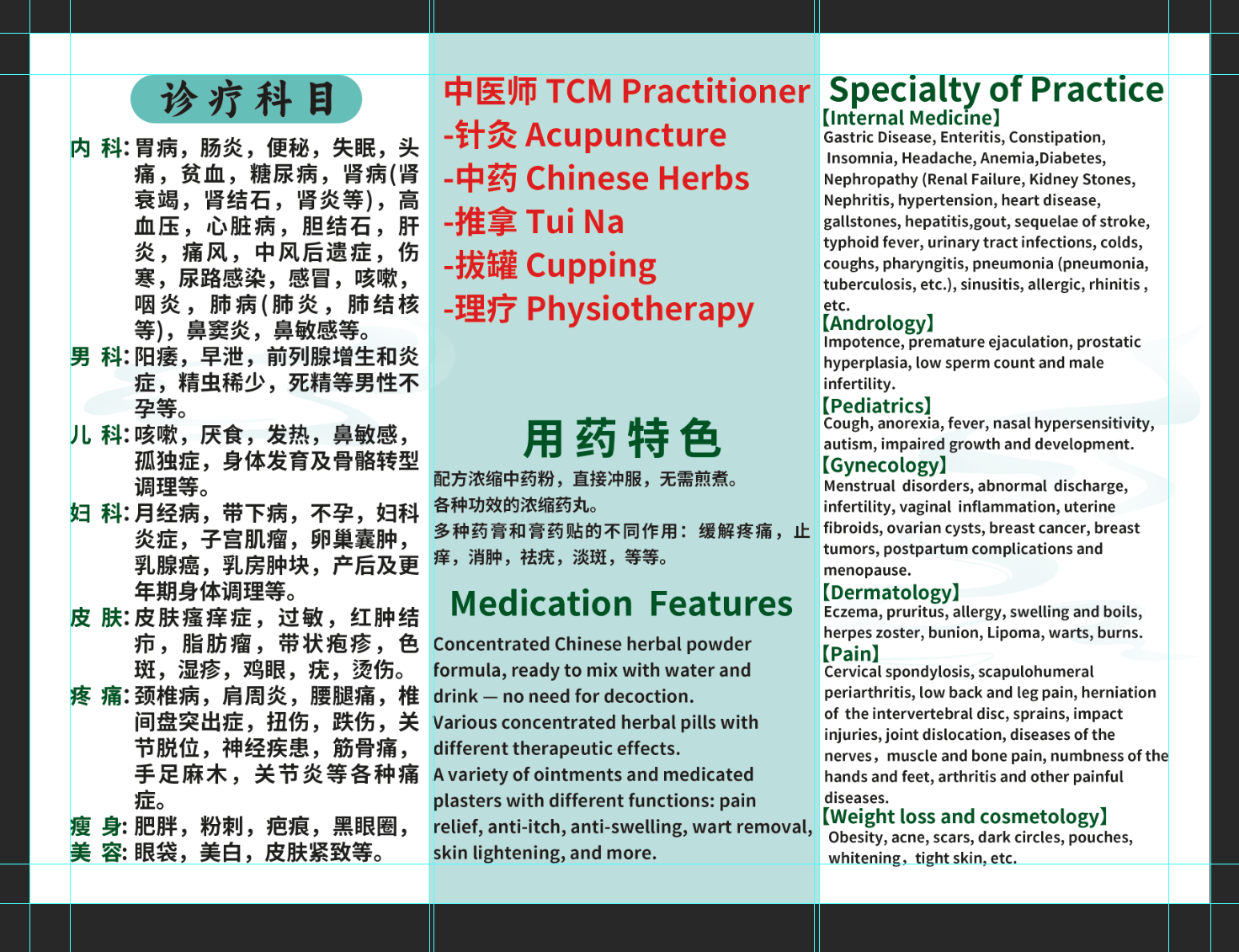
Acupuncture triggers the release of endorphins by stimulating the nervous system, which interprets the needle insertion as a minor injury. This response activates the body's natural pain-relief system, causing the brain to release endorphins to reduce pain and promote healing. Different frequencies of electroacupuncture can even target the release of specific types of opioids, such as beta-endorphin and dynorphin.
How acupuncture releases endorphins
Nervous system stimulation: When a fine needle is inserted into an acupoint, it stimulates nerve fibers in the area.
Perceived injury response: The nervous system interprets this stimulation as a micro-injury and sends a signal to the brain.
Endorphin release: In response, the brain releases endorphins, which are the body's natural painkillers.
Pain relief and healing: These endorphins help block pain signals and create a sense of well-being, while also kick-starting the body's natural healing processes.
Specific mechanisms: Studies have shown that specific frequencies of electroacupuncture can cause the release of different types of endorphins. For example, a frequency of 2 Hz can release beta-endorphin, while 100 Hz can selectively increase dynorphin release.
8 / 10
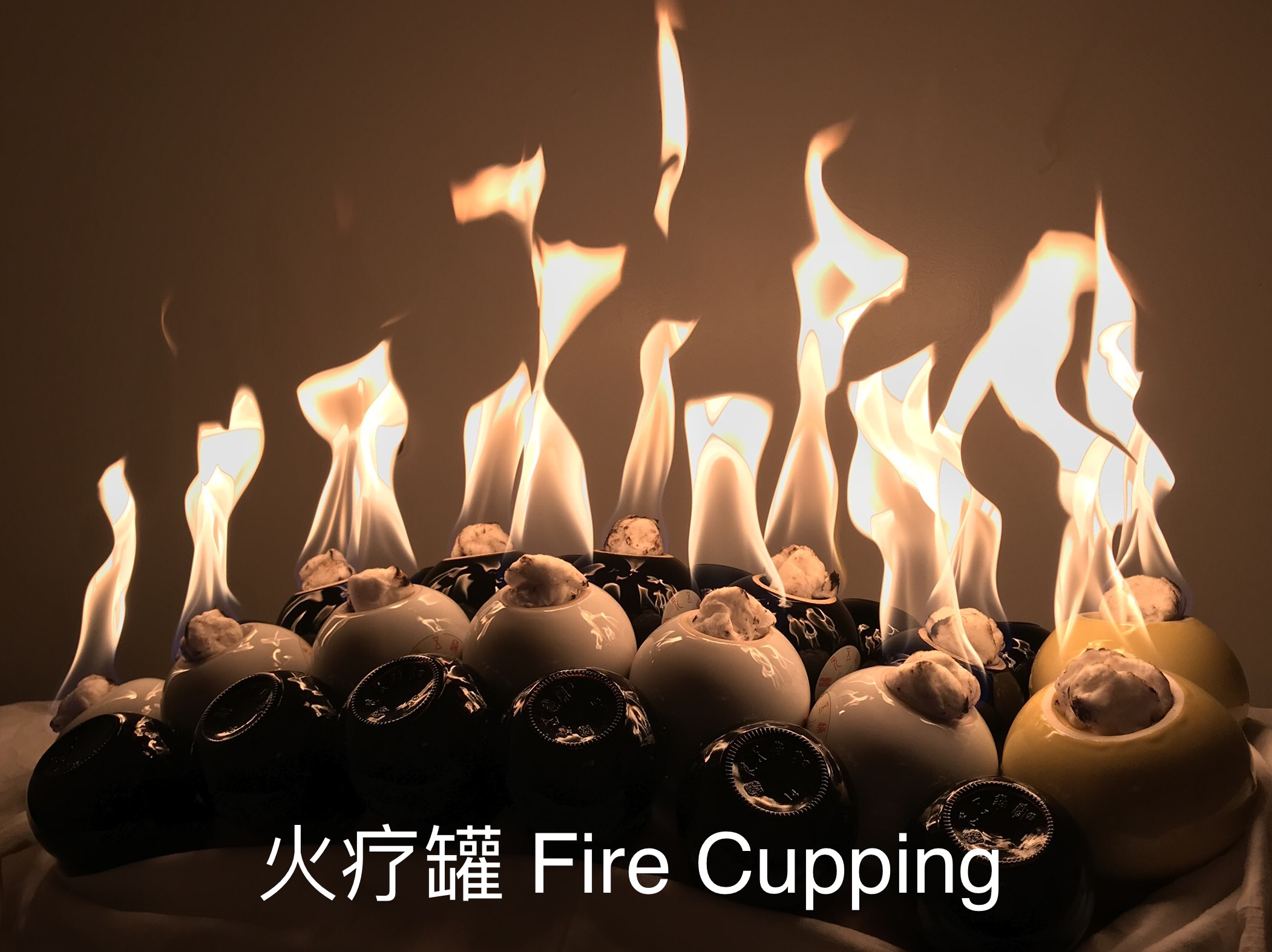
Cupping practitioners attempt to use cupping therapy for a wide array of medical conditions including fevers, chronic low back pain, poor appetite, indigestion, high blood pressure, acne, atopic dermatitis, psoriasis, anemia, stroke rehabilitation, nasal congestion, infertility, and menstrual period cramping.
9 / 10

10 / 10
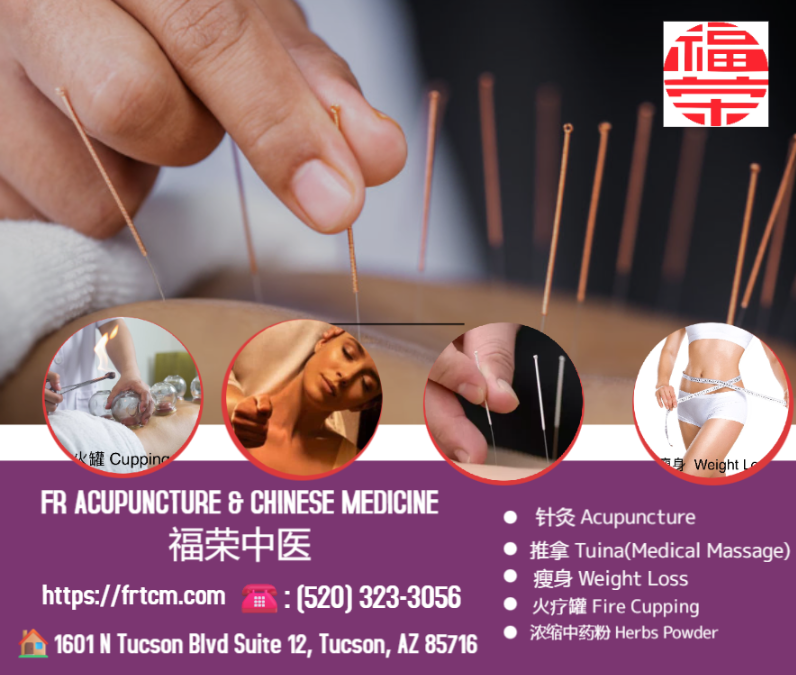
We are specially trained to give you the treatments you ask for.